Rice import in Bhutan doubles during pandemic
The raging COVID-19 pandemic followed by two nationwide lockdowns in Bhutan led to a record rice import last year, officials said. The Food Corporation of Bhutan (FCB) imported around 24,000 metric tonnes of rice in 2020, up from 10,000 metric tons in 2019
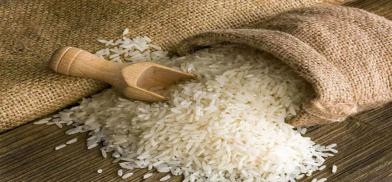
The raging COVID-19 pandemic followed by two nationwide lockdowns in Bhutan led to a record rice import last year, officials said. The Food Corporation of Bhutan (FCB) imported around 24,000 metric tonnes of rice in 2020, up from 10,000 metric tons in 2019.
“In 2020, we imported more than 24,000 metric tonnes of rice. It has doubled. Likewise, we had to increase the import of oil and lentils. We have distributed around 17,000 metric tonnes of rice so far after the pandemic started,” Naiten Wangchuk, the Chief Executive Officer (CEO) of the FCB, was quoted by the Bhutanese Expression.
Bhutan’s rice import in the first six months of 2020 totaled more than Nu 2bn. According to the data compiled by the agriculture ministry, the same amount was spent in 2019 in importing rice for the whole year.
“In 2018, we imported more than 71,000 metric tons of rice and in 2019, we imported more than 84,000 metric tons of rice. Since 2020 has just completed, we don’t have the exact figure of how much we imported but till June, we had imported around 60,000 metric tonnes,” Namgay Wangchuk, the Chief Agriculture Officer of the Department of Agriculture under the Ministry of Agriculture and Forests, was quoted by the newspaper.
“For the second half, we imported a lot due to COVID-19 and lockdown,” he said.
But not all imported rice was for people, some were for wine production and some for feeding cattle and livestock.
Despite the government’s effort to boost rice production, Bhutan’s rice self-sufficiency at the moment is at 46 percent.
In this direction, the government is taking some steps. “We are working to resolve irrigation water shortages in villages, provide farmers with electric fencing to protect the paddy and we are also trying to mechanise farming. These efforts are to make that 27 percent of wetland that is being left fallow, cultivable in three years from now,” he added.
The agriculture ministry plans to increase the rice self-sufficiency to 65 percent by the end of the 12th Five Year Plan, officials added.



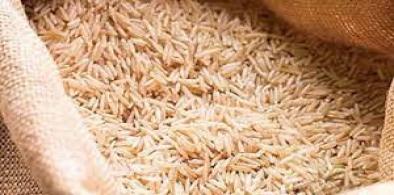

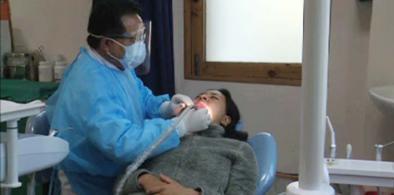


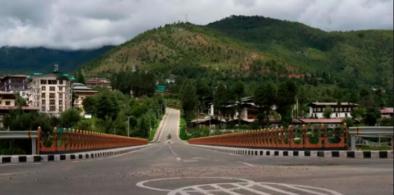
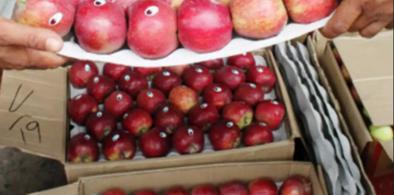
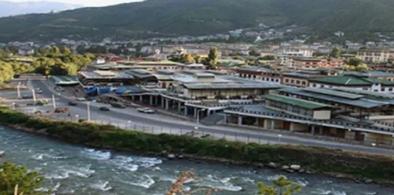








Post a Comment